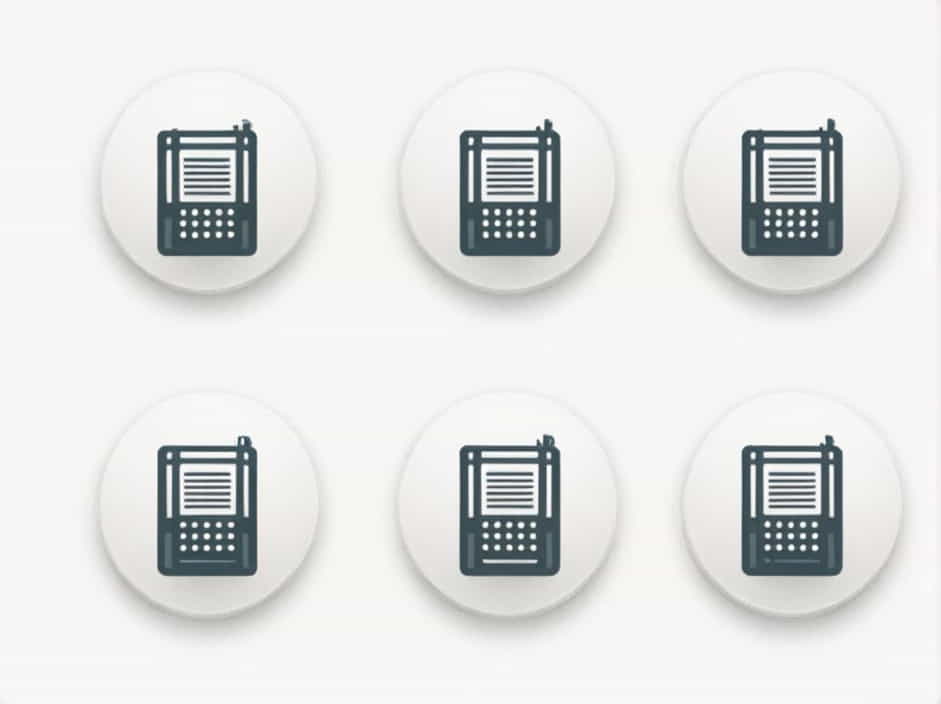A Radio Telephony (RT) exam is a crucial test for pilots, air traffic controllers, and aviation professionals. It assesses their ability to communicate effectively using standard aviation phraseology and procedures. Passing this exam ensures that radio communication remains clear, concise, and standardized in the aviation industry.
In this topic, we will cover important Radio Telephony exam questions and answers, including topics on radio procedures, phraseology, emergency communications, and regulations. This guide will help candidates prepare effectively and boost their confidence for the exam.
Understanding the Radio Telephony Exam
The Radio Telephony exam typically consists of theoretical and practical components. Candidates must demonstrate knowledge of:
-
Basic radio communication procedures
-
Aviation phraseology and standard call signs
-
Emergency communication protocols
-
International regulations and guidelines
A strong understanding of these concepts is essential for passing the exam and ensuring safe and effective communication in aviation.
Common Radio Telephony Exam Questions and Answers
1. General Radio Communication Questions
Q1: What is the purpose of standard phraseology in aviation?
A: Standard phraseology ensures clear, unambiguous communication between pilots and air traffic controllers. It reduces misunderstandings and enhances flight safety.
Q2: What are the primary radio communication frequencies used in aviation?
A: Aviation radio frequencies are divided into:
-
VHF (Very High Frequency) – Used for most civil aviation communications (118.000 – 136.975 MHz).
-
HF (High Frequency) – Used for long-range communication, especially over oceans.
-
UHF (Ultra High Frequency) – Used by military and emergency services.
Q3: What is a transmission readability scale?
A: The readability scale is used to assess the quality of a radio transmission. It ranges from:
-
1 – Unreadable
-
2 – Readable now and then
-
3 – Readable but with difficulty
-
4 – Readable
-
5 – Perfectly readable
2. Aviation Phraseology Questions
Q4: What is the correct way to respond to an ATC instruction?
A: Always use readback to confirm an instruction. Example:
ATC: ‘ABC123, descend to FL150.’
Pilot: ‘Descending to FL150, ABC123.’
This ensures that instructions are correctly received and followed.
Q5: What does the term ‘Roger’ mean in radio communication?
A: ‘Roger’ means ‘I have received your message.’ However, it does not mean compliance with the instruction.
Q6: What is the difference between ‘Wilco’ and ‘Roger’?
A:
-
Roger means the message is received.
-
Wilco (short for ‘will comply’) means the message is received and will be followed.
3. Emergency Communication Questions
Q7: What is the correct procedure for declaring an emergency?
A: Use one of the following phrases:
-
MAYDAY (said three times) for life-threatening emergencies.
-
PAN-PAN (said three times) for urgent but non-life-threatening situations.
Q8: What should a pilot include in a MAYDAY call?
A: The standard format is:
-
‘MAYDAY, MAYDAY, MAYDAY’
-
Aircraft call sign
-
Nature of emergency
-
Current position, altitude, and heading
-
Intentions (e.g., emergency landing, diversion, etc.)
Example:
‘MAYDAY, MAYDAY, MAYDAY. ABC123, engine failure, 50 miles west of XYZ airport at FL100, descending, requesting emergency landing.’
4. Radio Procedures and Protocols
Q9: What is a ‘readback’ and why is it important?
A: A readback is a pilot’s repetition of an ATC instruction to confirm understanding. It prevents miscommunication and ensures flight safety.
Q10: What is the meaning of ‘Standby’ in radio communication?
A: ‘Standby’ means ‘Wait and I will call you back.’ It does not require a response from the pilot.
Q11: What is ‘Squawk 7700’ used for?
A: Squawk 7700 is used to declare a general emergency on the transponder.
Other important transponder codes include:
-
7500 – Hijacking
-
7600 – Radio failure
-
7700 – Emergency
5. Radio Regulations and International Standards
Q12: What organization sets global radio communication standards for aviation?
A: The International Civil Aviation Organization (ICAO) sets global aviation communication standards.
Q13: What are the official ICAO languages for aviation communication?
A:English is the universal language for international aviation communication. However, some countries allow local languages for domestic flights.
Q14: What is the correct way to end a radio transmission?
A: Use “Over” if you expect a response or “Out” if the conversation is complete. Example:
-
“Tower, ABC123, requesting landing clearance. Over.”
-
“ABC123, cleared to land. Out.”
Tips to Pass the Radio Telephony Exam
1. Master Standard Phraseology
Practice aviation phraseology daily. Listen to real ATC transmissions using apps like LiveATC to familiarize yourself with standard communication.
2. Understand Emergency Procedures
Be confident in declaring emergencies using MAYDAY and PAN-PAN. Know how to give accurate information during stressful situations.
3. Learn Commonly Used Abbreviations and Codes
Understand essential terms such as:
-
QNH – Altimeter setting in hPa
-
QNE – Standard pressure altitude
-
QFE – Atmospheric pressure at aerodrome level
4. Practice Listening Skills
Radio communication often involves background noise and overlapping transmissions. Train yourself to extract important details from radio messages quickly.
5. Simulate Real Scenarios
Practice role-playing ATC and pilot communications with fellow trainees. This helps build confidence and accuracy.
The Radio Telephony (RT) exam is a crucial step for pilots and aviation professionals to ensure clear, accurate, and standardized communication. Understanding aviation phraseology, emergency procedures, and ATC protocols is essential for passing the exam and maintaining flight safety.
By practicing standard responses, listening to real ATC conversations, and staying familiar with radio procedures and regulations, candidates can confidently clear their RT exam and contribute to safe aviation communication.
